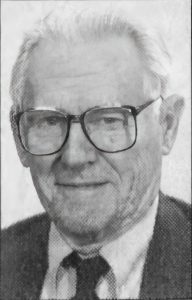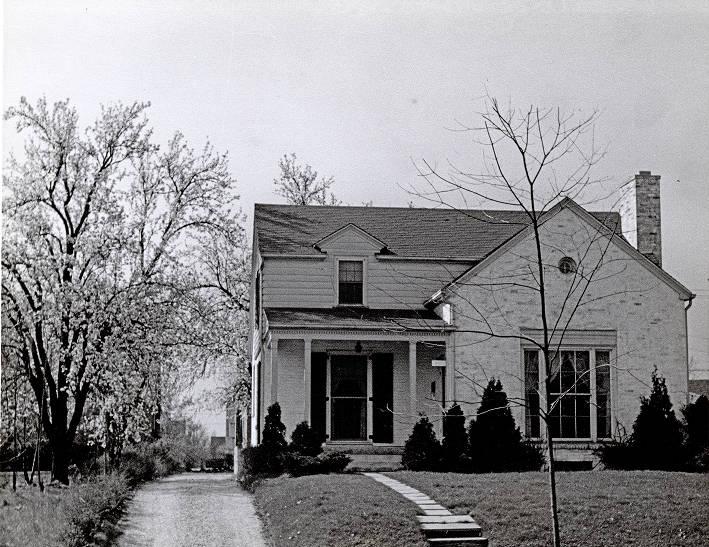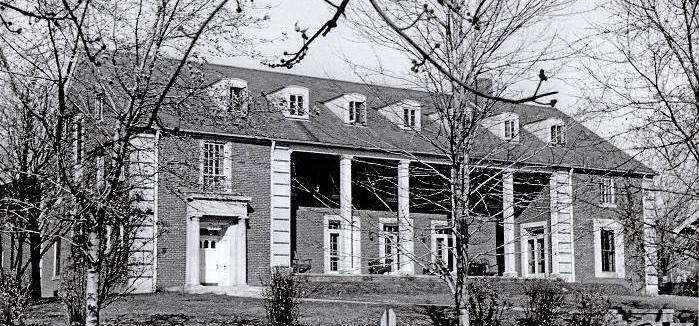
Photo info …
Credit: IndyStarView Source
(May 10, 1911-Dec. 25, 1995). The son of Indianapolis architect and Anna Ray (Herzch) Burns, David Burns grew up in Indianapolis and attended Cornell University’s College of Architecture from 1929 to 1933. He then studied civil engineering at Purdue University, graduating in 1937. He started his career at his father’s firm in 1933 and became partner four years later.

In 1938, Burns married another Indianapolis native, Jessie Lucille Strickland. The couple had two children. During World War II, he served in the United States Naval Reserves.
Following the war, in 1949, Burns and his father formed a new architectural firm called Burns and Burns. Their specialty was traditional styles houses, as well as buildings for public use. Burns continued his architectural career after his father’s death in 1959. In 1961, he merged his firm with the A. E. Bohlen and Sons, a descendant of the firm first established by in 1853, to create Bohlen and Burns Architects and Engineers. Burns remained as head of the firm until he retired in 1969. Shortly before he retired, it incorporated as Bohlen, Burns and Associates, which became Bohlen, Meyer, Gibson And Associates in 1971.

Burns worked on numerous structures throughout the city, both alone and alongside his father. With his father, he designed structures for the , such as the Department of Natural Resources (DNR) Building and the Service Building. The father-son team’s most notable work was an addition to the . With this project, they became the first architects in Indianapolis history to use structural aluminum, creating what Burns called a “rigid frame structure” to halt the conservatory’s deterioration and ensure fewer shadows within the space.
Burns also oversaw the installation of The Races of Man, three five-foot-tall statues created by Austrian-born American sculptor Karl Bitter for the St. Paul Building in New York City (constructed 1898-1899), at . The statues were moved to Indianapolis following the St. Paul Building’s demolition in 1958. Burns worked with artist , who made the initial design for the project. The site became known as “The Ruins” and has remained Holliday Park’s most recognizable feature.

Independent of his father, Burns also is credited with the design for the English Foundation building, the Hancock Memorial Hospital, Riverview Hospital in Noblesville, the Hilton Hotel in downtown Indianapolis, and Robertson Hall at Butler University. He served as architect for and designed the education building at North United Methodist Church at 38th and N. Meridian streets.
Burns made substantial alterations to the Twin Oaks Estate, the home of two of Indianapolis’ most influential families, the Ayres family of department store and the family of Eli Lilly and Company.
Beyond his architectural career, Burns played an active role in the community. He was a president of the and the Rotary Club and served as vice president of the .

Help improve this entry
Contribute information, offer corrections, suggest images.
You can also recommend new entries related to this topic.

